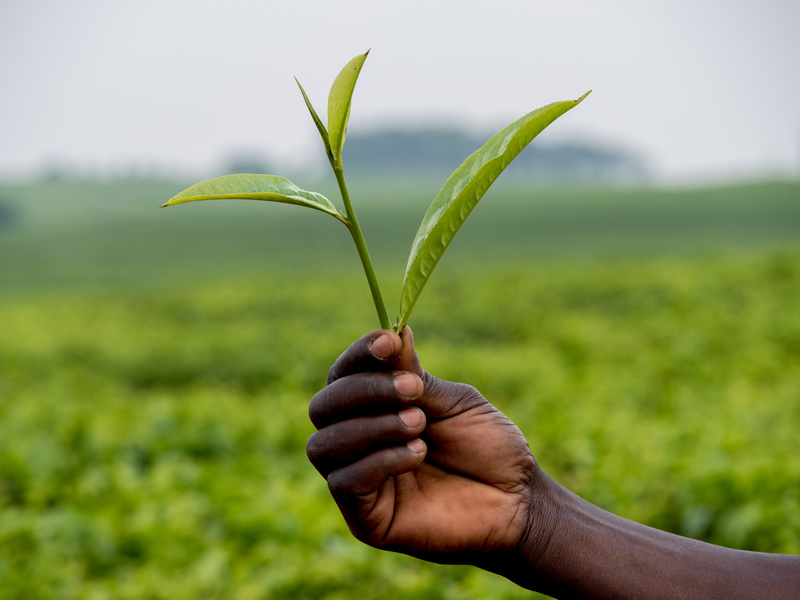 We spent a couple of amazing days in Lilongwe, Malawi – although it was cut short because we took an emergency flight back to Canada for the funeral of Bernard’s grandmother (by the time you are reading this, we are back in Africa).
We spent a couple of amazing days in Lilongwe, Malawi – although it was cut short because we took an emergency flight back to Canada for the funeral of Bernard’s grandmother (by the time you are reading this, we are back in Africa).
We arrived after a long journey that started in Kampala, Uganda — and there’s nothing better than arriving somewhere new and having a great place to crash (at only $30 a night for a double). What makes a good hostel in Africa? If it were just the fact that it was clean and the prices fair, we would have been content with our stay at the Mufasa Lodge. Add on hot showers, friendly staff, Wifi internet, and a fun lounge bar in the back, and you have one of the best hostels we’ve been to so far.
After arriving we visited the Lilongwe Wildlife Centre, a project, supported by companies like the Body Shop, providing sanctuary space for the rescued, confiscated, orphaned and injured wild animals of Malawi. While touring their facility we met Kambuk (which means “leopard” in Chichewa), who was soundly sleeping in his 2,500 sq meter backyard of fenced green landscape. He was rescued by the Lilongwe Wildlife Centre after poachers shattered his knee in Nyika National Park (making it impossible for him to ever return to the wild.) As we toured the facility nearly every animal we saw – from baboons to alligators – had a similar Cinderella story of overcoming insurmountable odds to survive and, in most cases, return back to the wild.
The Center is one of the leading organizations in Malawi pushing lawmakers to enforce and enact legislation in support of wildlife conservation and environmental protection. They also develop local partnerships and training programs with the farmers and communities surrounding national parks. The struggle between protecting wildlife and agriculture is becoming especially evident as drought, conflict, and hunger continue to affect sub-Saharan Africa.
In Lilongwe, we also met with Stacia and Kristoff Nordin who showed us permaculture at their home in Lilongwe. They use their garden to promote indigenous crops as a source of nutrition to the Malawians who are currently focused on growing corn, subsidized by the government.
Malawi may be best known for this so-called “Malawi Miracle.” Five years ago the government decided to do something controversial-provide fertilizer subsidies to farmers to grow maize. Since then maize production has tripled and Malawi has been touted as an agricultural success story. But the way they are refining that corn, says Kristof, makes it “kind of like Wonderbread,” leaving it with just two or three nutrients. Traditional varieties of corn, however, which aren’t usually so highly processed, are more nutritious and don’t require as much artificial fertilizer compared to hybrid varieties. According to Kristof, “48 percent of the country is still stunted with the miracle.”
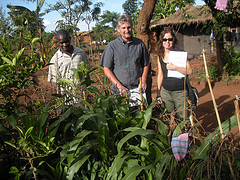 Stacia and Kristof use their home as a way to educate their neighbors about both permaculture and indigenous vegetables. Most Malawians think of traditional foods, such as amaranth and African eggplant, as poor people foods grown by “bad” farmers. But these crops may hold the key for solving hunger, malnutrition and poverty in Malawi. Rather than focusing on just planting maize-a crop that is not native to Africa-the Kristofs advise the farmers they work with that there is “no miracle plant, just plant them all.” Maize, ironically, is least suited to this region because it’s very susceptible to pests and disease. Unfortunately, the “fixation on just one crop,” says Kristof, means that traditional varieties of foods are going extinct-crops that are already adapted to drought and heat, traits that become especially important as agriculture copes with climate change.
Stacia and Kristof use their home as a way to educate their neighbors about both permaculture and indigenous vegetables. Most Malawians think of traditional foods, such as amaranth and African eggplant, as poor people foods grown by “bad” farmers. But these crops may hold the key for solving hunger, malnutrition and poverty in Malawi. Rather than focusing on just planting maize-a crop that is not native to Africa-the Kristofs advise the farmers they work with that there is “no miracle plant, just plant them all.” Maize, ironically, is least suited to this region because it’s very susceptible to pests and disease. Unfortunately, the “fixation on just one crop,” says Kristof, means that traditional varieties of foods are going extinct-crops that are already adapted to drought and heat, traits that become especially important as agriculture copes with climate change.
And indigenous crops can be an important source of income for farmers. Rather than importing things like amaranth, sorghum, spices, tamarinds and other products from India, South Africa, and other countries, the Nordins are helping farmers find ways to market seeds, as well as value added products, from local resources. These efforts not only provide income and nutrition, but fight the “stigma that anything Malawian isn’t good enough,” says Kristof. “A lot of solutions,” he says, “are literally staring us in the face.” And as I walked around seeing-and tasting- the various crops at the Nordins’ home, it’s obvious that maize is not Malawi’s only miracle.
As an aside, the toilet at Stacia and Kristoff Nordin’s house was so environmentally sustainable, you almost felt like you were doing a heroic act for the garden just by going to the bathroom. The vegetables and fruits they’re growing, thrive off human manure and the water to wash your hands comes from captured rainfall.
One other thing we ought to mention is that Malawi is surprisingly expensive, or maybe we continue to feel firsthand the decline of the value of the American dollar. We found good value for lodging, but the food (maybe because all the fields were converted to Maize) was very expensive. People are suffering here from malnutrition and hunger, and we found it hard to maintain a varied diet at a reasonable price. Good vegetarian food would have been very difficult in Lilongwe if it weren’t for the local Chinese restaurant near the hostel.
Who we are: BorderJumpers began in October 2009 in Addis Ababa, Ethiopia — when Bernard Pollack and Danielle Nierenberg began a journey to travel in Africa. At every stop they are meeting with farmers, community organizers, labor activists/leaders, non-governmental organization (NGOs), the funding and donor communities, and local, regional, and international press.
With a Sony handycam, a 8-year old laptop, and sporadic internet connections – their goal is to bring stories of hope from across the region to as large an audience as possible. They will tell the stories that aren’t being told-from oil workers fighting to have a union in Nigeria to innovative ways farmers and pastoralists are coping with climate change.

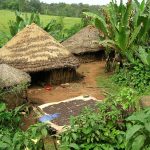
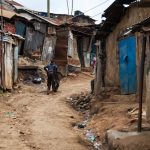
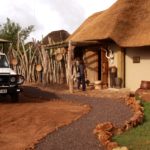

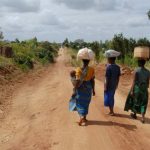

Leave a Reply